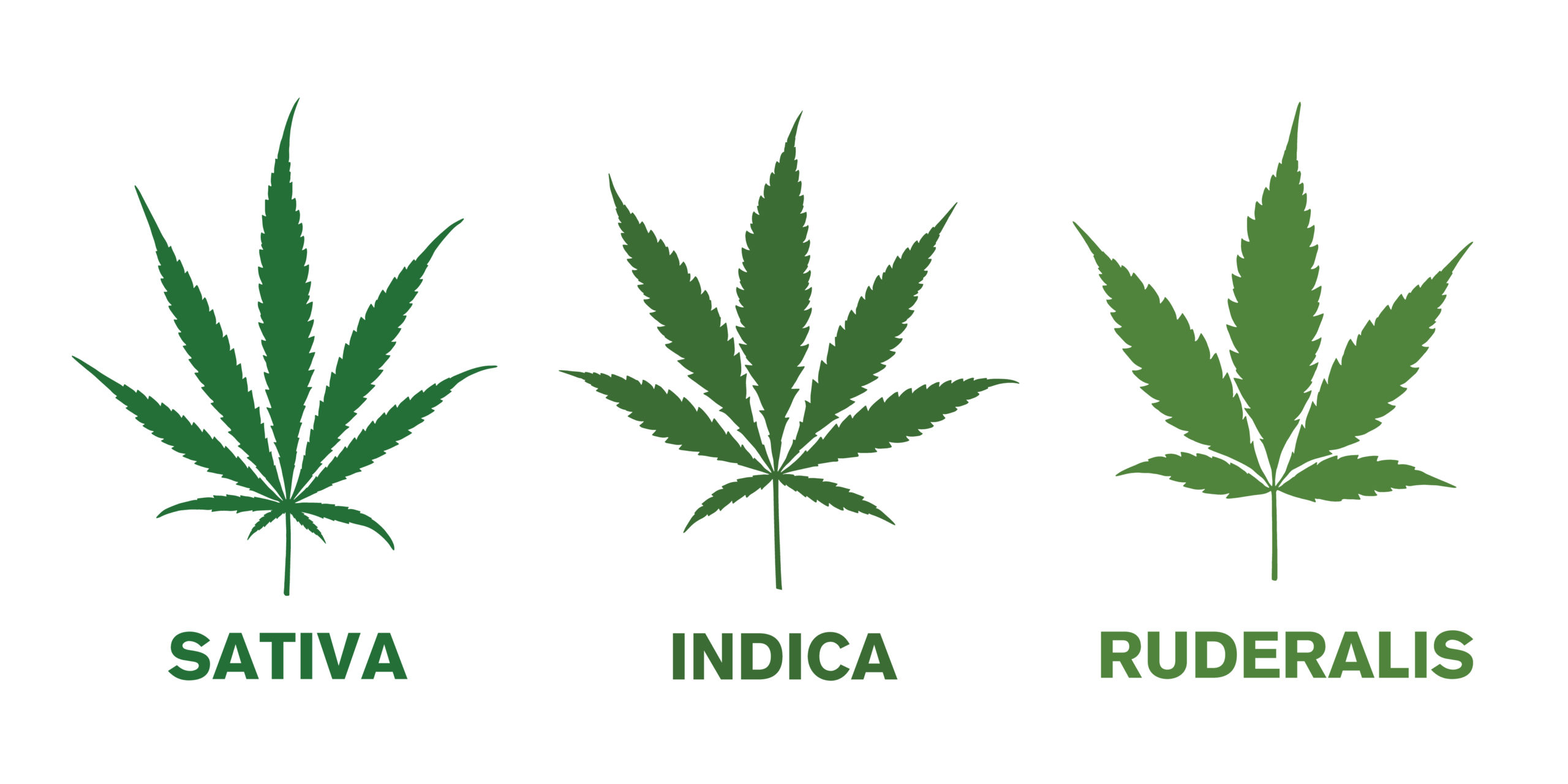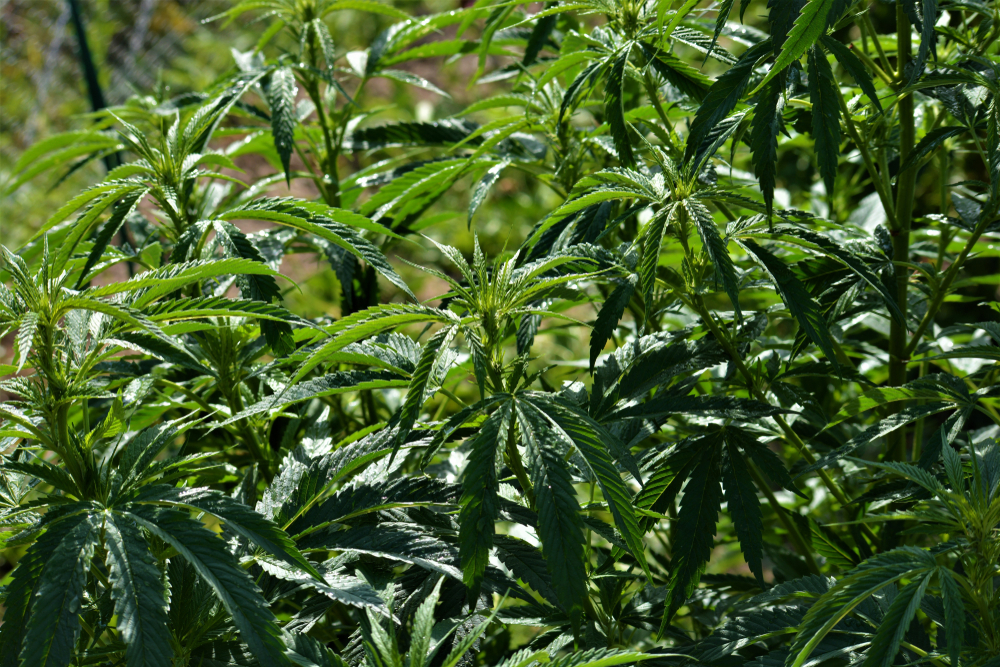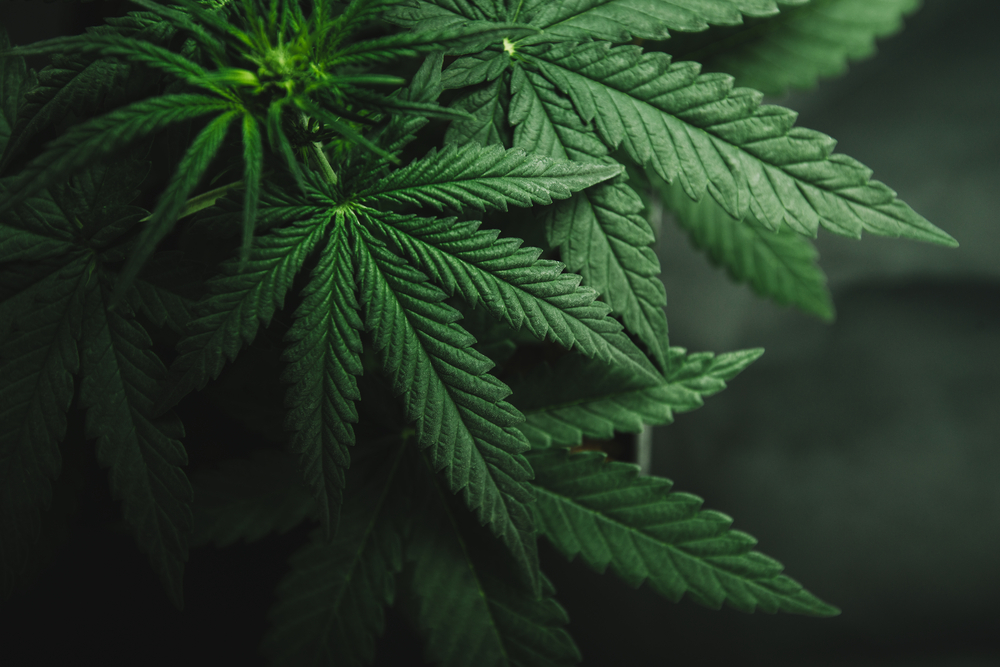Cannabis Ruderalis – If you have smoked marijuana before, you are likely familiar with the terms indica and sativa but have you heard of the term cannabis ruderalis?
As one of the lesser-known cannabis types on the market, cannabis ruderalis is considered one of the most durable in the market today, and one that’s embedded in nearly all of the popular strains that we all love and enjoy.
What’s the secret behind this variety’s VIP involvement in the cannabis world? Why is it still being grown and what’s so special about it?
Let’s find out together.
What is Cannabis Ruderalis?

When marijuana strains are discussed, the conversation is often between sativa vs indica with hybrids thrown in as an afterthought, but there is a type of cannabis that is especially attractive to marijuana growers: cannabis ruderalis.
Ruderalis originates from Asia and Central/Eastern Europe and can grow in harsh conditions that other cannabis plants would otherwise have difficulty thriving in. First discovered in Southern Siberia in 1924, this landrace strain can still be found growing wild in Russia, Central Asia and many other parts of the world
Cannabis ruderalis are considered wild plants and are often found near roadsides or plowed farmland. Compared to a sativa or indica plant, a ruderalis plant is typically much smaller. Hardier and more robust than other varieties, the cannabis ruderalis plant features fewer side branches and wider leaves.
Ruderalis has an incredibly high CBD content and is commonly used to create CBD oil Canada products such as edibles, CBD capsules and tinctures. But with a THC content of below 3% – it begs the question – why are breeders utilizing cannabis ruderalis instead of cannabis indica or sativa?
The secret lies in its autoflowering properties.
Ruderalis Autoflowering
Auto-flowering is exactly what it sounds like – these plants will flower by themselves after a set amount of days without any outside intervention. Cannabis plants usually require 12 hours of sunlight and 12 hours of darkness in the natural world before they begin to bloom.
By avoiding this altogether, the buds themselves will be ripe for harvest even if these conditions aren’t met.
For cultivators, the usefulness of this trait can not be understated. At the end of the day, it’s the flower that we all end up smoking anyways!
For high potency strains that take an extended period of time before blooming, including ruderalis strains genetics means that plants will automatically induce flowering after a number of weeks instead of light cycles. This cuts down on lighting and cultivation costs, and also speeds up the timeframe it’ll take to produce a quality product.
Further crossbreeding of ruderalis cannabis with other popular strains downstream has led to this hardy plant’s genetics being embedded in almost all the popular strains we know and love today!
Ruderalis Crossbreeding
To save hassle on time, energy and money, you’re going to want to have some ruderalis influence in your own grow operation, whether that be at home or commercially.
Cannabis ruderalis has THC levels of below 3%, which is low in comparison to other cannabis strains, but is highly concentrated in cannabidiol (CBD) and is typically used for the sole purpose of breeding.
Smoking ruderalis by itself is uncommon because its THC levels are low and thus, the high would be very minimal and not worth the time nor money. Instead, growers combine cannabis ruderalis with other cannabis plants to create hybrids quickly and efficiently with ruderalis’ autoflowering genetics.
One trait of cannabis ruderalis that is very valuable to growers is its ability to flower within 21-30 days after the end of their vegetative phase, regardless of its light cycle.
Typically, the entire life cycle of cannabis ruderalis will take anywhere between 12-14 weeks. With indica or sativa strains, it can take anywhere from 4-8 months to finish its entire life cycle (germination, seedling, vegetation, flowering).
The short flower cycle and hardiness of cannabis ruderalis allow for significantly more harvests and with their naturally smaller plant sizes, also allows growers to conserve space for small cultivation environments.
Can you Clone Cannabis Ruderalis Plants?

There are many reasons why a grower might decide to clone their cannabis plants.
Firstly, by taking a cutting of the original plant, you forgo having to buy more cannabis seeds, thus saving yourself some money.
Secondly, if you have a plant that you are very happy with, you can clone it to have the same characteristics as the original.
Along with the cost-savings aspect, this makes cloning very appealing to all types of growers. That being said, cloning is mostly done on photoperiodic strains such as indica or sativa and is less common in autoflowering strains such as cannabis ruderalis.
Cloning ruderalis plants is not impossible but is considered very difficult because of their autoflowering genetics. With the naturally small size and short flowering stage of ruderalis plant, it will often mature too quickly and result in underdeveloped and small flowers.
Photoperiodic plants, plants that follow a light cycle for blooming, are the superior option for cloning since its life cycle is still dependent on its light cycle.
Pros and Cons
To better understand how ruderalis stacks up against other varieties, here’s a compiled list of its strengths and weaknesses.
Pros:
- Shorter life cycle allows for more harvests per year compared to cannabis sativa or indica
- Plant sizes are smaller and are suitable for small cultivation environments such as balconies or indoor gardens
- Ruderalis seeds are very durable and resistant to molds, as well as cold temperatures
- Autoflowering genetics allow ruderalis plants to produce flowers anytime during the year, whereas other cannabis plants require specific amounts of exposure to light and darkness and would have to be grown indoors during darker seasons such as winter
- High in CBD, it is ideal for consumers with anxiety that prefer the calming effects without consuming high levels of THC
Cons:
- Ruderalis flowers have very low THC levels compared to indica and sativa flowers and will not cause significant psychoactive effects
- Difficult to clone ruderalis plant because of its short life cycle
Concluding Thoughts
There are many positive traits of growing cannabis ruderalis ranging from its impressive durability and auto-flowering capabilities, all the way to its potency as a key ingredient in fast-maturing hybrid strains.
It may not be ideal for cloning, but if you are looking to cultivate cannabis plants and don’t have a lot of room to spare, ruderalis plants are much more suited for you.
Tired of waiting 20+ weeks before a harvest? Grab a handful of ruderalis seeds and start planting!


 No products in the cart.
No products in the cart.